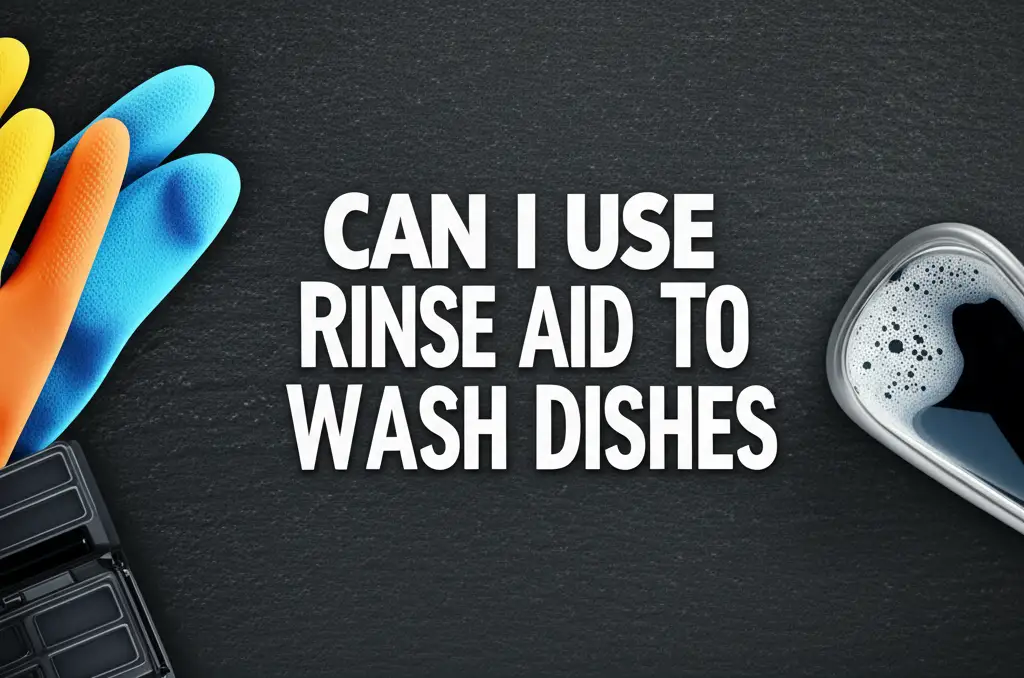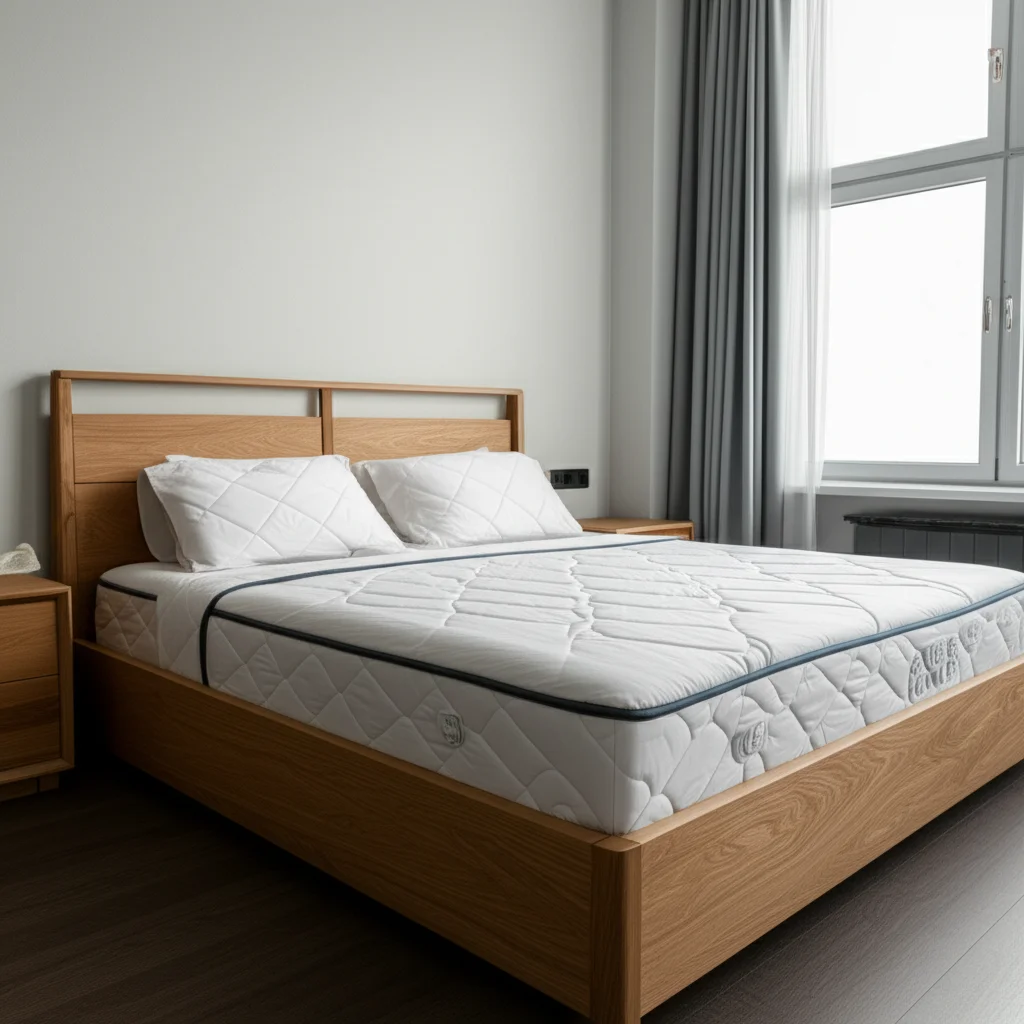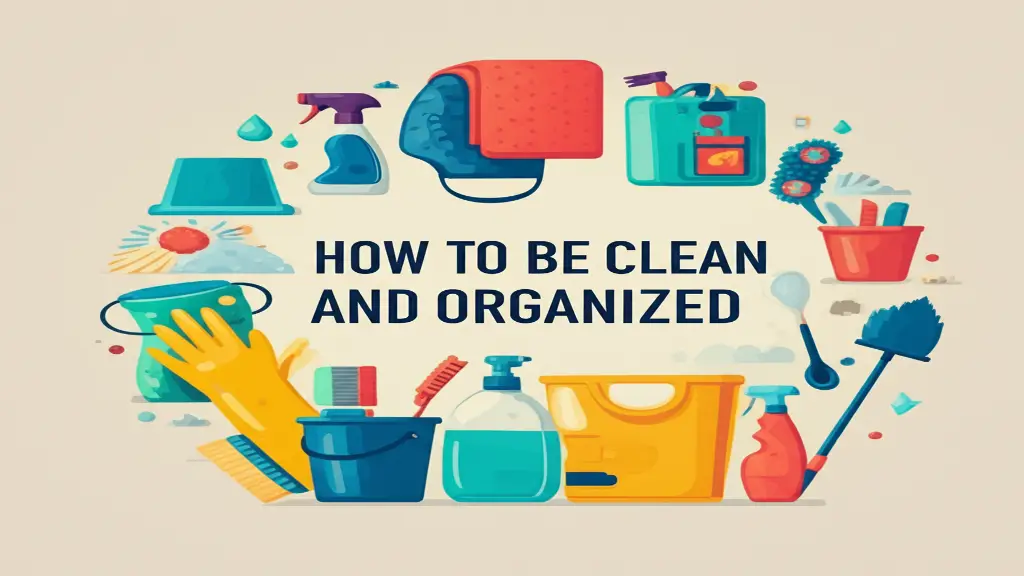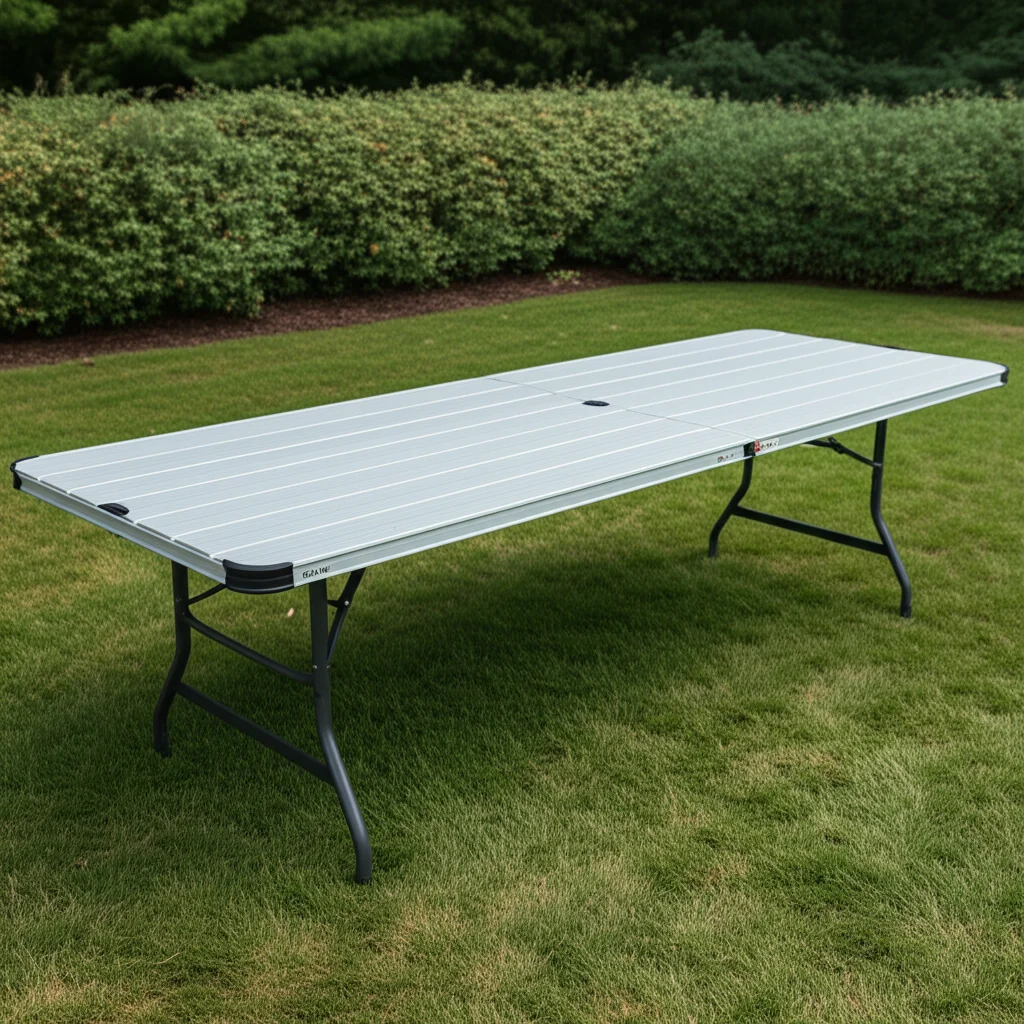· Todd Martin · Home Essentials · 16 min read
What Purpose Does A Rug Pad Serve
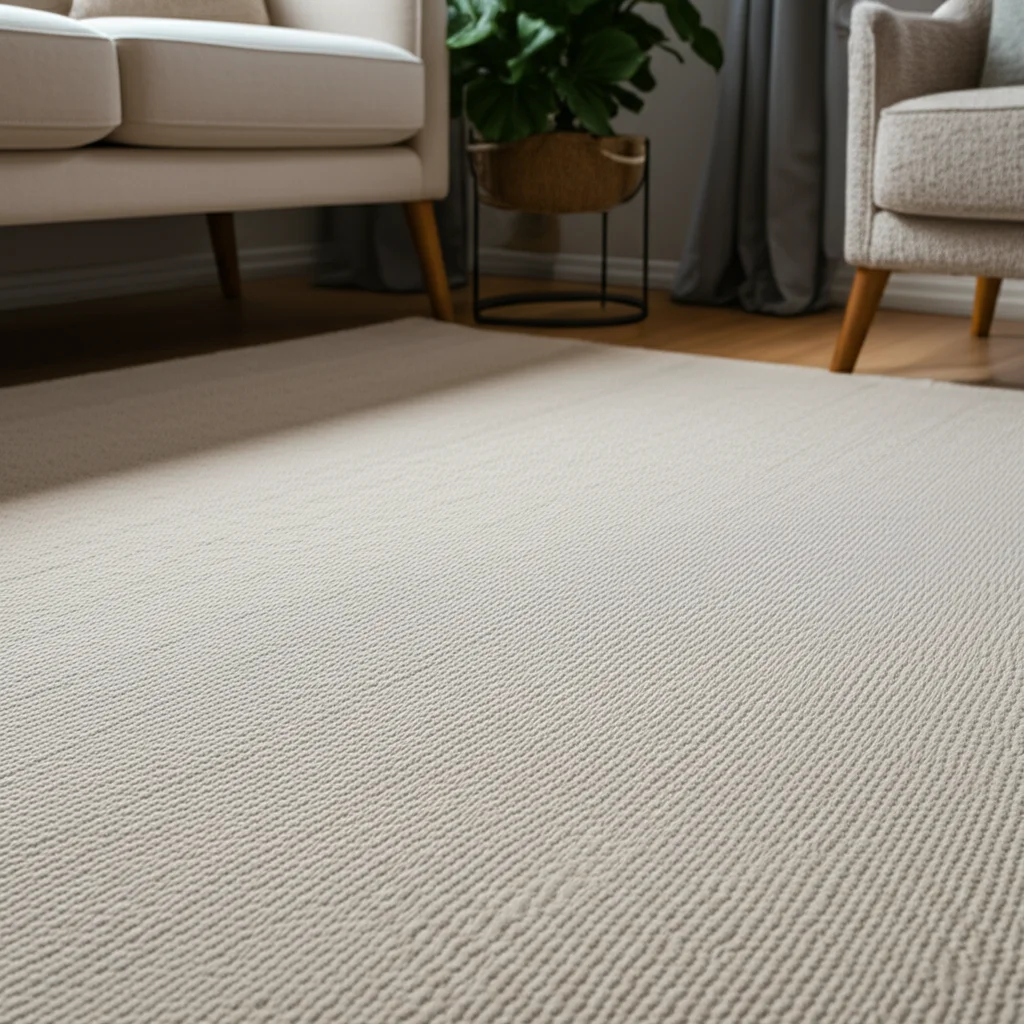
What Purpose Does A Rug Pad Serve? Unveiling Its Essential Role
Have you ever wondered about the hidden layer beneath your area rug? It is often overlooked, yet it plays a very important role. This is the rug pad. Many people do not realize its true value. However, a rug pad does much more than just keep your rug from sliding. It is a smart investment for any rug owner.
A rug pad offers a range of benefits. It enhances safety in your home. It also protects your valuable flooring. Additionally, it makes your rugs last longer. This article explores the full purpose of a rug pad. We will cover its vital functions. You will learn how it adds comfort, improves hygiene, and even provides insulation. By the end, you will see why a rug pad is a true home essential.
Takeaway
A rug pad is essential for your home. It provides many key benefits:
- Safety: Stops rugs from slipping, preventing falls.
- Protection: Guards floors from scratches and rug wear.
- Durability: Extends the life of your rug by reducing friction.
- Comfort: Adds cushioning, making rugs feel softer.
- Insulation: Offers sound dampening and some thermal benefits.
- Hygiene: Promotes airflow, reducing moisture and mold.
A rug pad serves many purposes. It is a vital layer that enhances safety, protects floors, and extends the life of your rug. It also adds comfort and improves air circulation, making your space more pleasant and hygienic.
The Primary Purpose: Enhanced Safety and Stability
The most immediate reason to use a rug pad is safety. Area rugs on hard surfaces like wood, tile, or laminate can easily slip. This creates a serious tripping hazard. A good rug pad prevents this movement. It grips both the rug and the floor.
A rug pad creates a stable base. This keeps the rug firmly in place. People walking on the rug will not slide. This is especially important in high-traffic areas. Hallways and entryways benefit greatly from a rug pad. Homes with children or elderly residents need this safety feature. I always advise my friends to get a pad for every rug. It gives me peace of mind.
Different types of rug pads offer varying levels of grip. Some pads are designed for maximum anti-slip properties. These often use natural rubber. The pad’s surface clings to the floor effectively. This stops the rug from bunching up. A secure rug looks better. More importantly, it keeps everyone safe. You can even attach a rug pad to a rug for extra security. This method ensures a strong bond. If you have rugs on carpet, you might need specific solutions to prevent movement. Some pads are made for carpet-on-carpet use. These often have a different surface texture. They grip the carpet fibers. This prevents the rug from shifting. Sometimes, you may even consider how to anchor a rug on carpet with specialized methods. This stops the rug from sliding.
- Reduces Slip Hazards: A rug pad creates friction. This friction keeps the rug from moving. It stops accidental slips and falls.
- Keeps Rugs Flat: Pads prevent rugs from curling at the edges. This also reduces tripping risks.
- Maintains Rug Position: Your rug stays where you want it. It does not bunch or slide across the room.
- Important for High Traffic: Areas with lots of foot traffic need a secure rug. A pad ensures this stability.
- Safer for Everyone: Children, pets, and the elderly are safer on stable rugs. Pads provide this necessary stability.
Sometimes, for extra security, people consider specific techniques. For example, knowing how to tape an area rug to carpet pad can be helpful. This adds another layer of stability, ensuring the rug stays put.
Protecting Your Floors and Rugs
A rug pad acts as a protective barrier. It sits between your rug and your floor. This barrier is very important for both surfaces. Without a pad, the coarse backing of a rug can scratch hard floors. Tiny particles, like dirt or sand, get trapped under rugs. As people walk on the rug, these particles rub against the floor. This creates abrasions and dull spots over time.
A rug pad prevents this abrasive action. It provides a soft, cushioned layer. This layer absorbs the impact of foot traffic. It also prevents the rug’s backing from directly touching the floor. This protects hardwood, laminate, tile, and even delicate stone floors. I have seen floors ruined without this simple addition. It is an inexpensive way to save costly floor repairs.
The pad also protects the rug itself. It cushions the fibers from below. This reduces wear and tear on the rug’s backing. It helps the rug maintain its shape and integrity. Think of it as a shock absorber. Every step creates pressure. The pad disperses this pressure. This reduces the strain on the rug’s fibers. This means your rug will look good for longer.
- Prevents Floor Scratches: The pad stops direct contact between the rug backing and the floor. This prevents scratches and scuffs.
- Blocks Abrasive Dirt: It traps small debris that might get under the rug. This debris cannot then grind against your floor.
- Distributes Weight Evenly: The pad spreads out the pressure from foot traffic. This protects both the floor and the rug.
- Reduces Indentations: For heavy furniture placed on rugs, a pad can reduce indentations on the floor below.
- Maintains Floor Finish: A protected floor keeps its shine and finish longer.
When considering a rug pad, always think about its size. It needs to be slightly smaller than your rug to hide it. This ensures full protection. You should buy a rug pad that is not the same size as the rug. A slightly smaller pad protects the rug’s edges and hides itself.
The Comfort Factor: Adding Plushness and Insulation
Beyond safety and protection, a rug pad significantly enhances comfort. It adds a layer of cushioning underfoot. This makes the rug feel softer and more luxurious. Walking on a rug with a pad feels much more pleasant. The added thickness provides a plush sensation. It transforms a thin rug into something more substantial.
This cushioning effect is noticeable. It makes standing or sitting on the rug more comfortable. Children playing on the floor will appreciate the extra softness. Pets also enjoy the added plushness. It is like adding a pillow beneath your rug. This comfort factor makes your living space more inviting.
Rug pads also offer insulation benefits. They can help with both sound and temperature. A thick rug pad absorbs sound waves. This reduces echoes in a room. It makes the space feel quieter and calmer. This is especially useful in apartments or multi-story homes. It can muffle footsteps and other noises. I find my home feels much more peaceful with padded rugs.
In terms of temperature, a rug pad adds a small thermal barrier. It can help insulate your floors. This means your room might feel a little warmer in winter. It can also help keep it cooler in summer. While not a primary purpose, this insulation adds to the overall comfort of your home. It contributes to energy efficiency too.
- Increased Softness: The pad adds a noticeable layer of softness underfoot. This makes the rug more pleasant to walk on.
- Enhanced Feel: Even thin rugs gain a luxurious feel with a proper pad. It creates a plush surface.
- Sound Dampening: Pads absorb sound, reducing noise and echoes in a room. This creates a quieter environment.
- Thermal Insulation: They provide a slight barrier against temperature changes. This can improve room comfort.
- Reduced Fatigue: Standing on a cushioned surface for longer periods is less tiring. This is great for kitchens or standing desks.
Boosting Durability: Extending Your Rug’s Lifespan
A rug is an investment. You want it to last as long as possible. A rug pad plays a crucial role in extending the life of your rug. Without a pad, the rug fibers get compressed and crushed by foot traffic. This happens more quickly on hard, unforgiving floors. The constant impact breaks down the fibers over time. This leads to premature wear.
A rug pad acts as a shock absorber. It cushions the impact of footsteps. This cushioning protects the rug’s fibers from direct crushing. The pad allows the fibers to flex and bounce back. This maintains the rug’s original appearance. It prevents flattened spots and worn pathways. Your rug retains its fullness and texture for many years.
Furthermore, a rug pad helps with vacuuming. When a rug is securely in place, vacuuming is much easier. The vacuum cleaner glides smoothly over the surface. It can effectively lift dirt from the fibers. A sliding rug makes vacuuming difficult. You cannot properly clean a rug that bunches up. Proper cleaning removes abrasive dirt. This dirt would otherwise cut and damage the rug fibers. Regular and effective cleaning directly contributes to a rug’s longevity.
The pad also prevents the rug from buckling or rippling. These distortions put stress on the rug’s backing and fibers. Over time, this stress can lead to cracking or tearing. A flat, stable rug experiences less structural strain. This preserves its integrity. I always tell my clients that a pad is the cheapest insurance for their rugs.
- Reduces Fiber Compression: The pad absorbs impact, preventing fibers from flattening and breaking down.
- Prevents Premature Wear: It protects the rug from wear spots caused by constant friction against the floor.
- Facilitates Cleaning: A stable rug is easier to vacuum thoroughly. This helps remove damaging dirt particles.
- Maintains Rug Shape: It keeps the rug flat and prevents buckling. This preserves the rug’s structure.
- Extends Aesthetic Appeal: Your rug looks newer and fresher for a longer time. Its beauty endures.
Proper maintenance of the rug pad itself is also important for rug longevity. Knowing how to clean a rug pad helps ensure it continues to perform its protective duties effectively. A clean pad supports a clean rug.
Improving Air Circulation and Hygiene
A critical, often overlooked purpose of a rug pad is its role in promoting air circulation. When a rug lies directly on a hard floor, it can create a sealed environment. This trapped space can become a breeding ground for problems. Moisture can get trapped underneath. This leads to the growth of mold and mildew. These issues can damage both your floor and your rug. They can also create unpleasant odors.
Many rug pads, especially those with an open-grid or waffle design, allow air to flow. This airflow helps dissipate moisture. It prevents condensation from forming between the rug and the floor. This is particularly important in humid climates or areas prone to spills. A breathable pad helps keep the environment dry and healthy.
Proper air circulation also helps with general hygiene. It prevents dust and allergens from accumulating directly under the rug. Some pads are designed with anti-microbial properties. These pads resist the growth of bacteria and fungi. This adds an extra layer of protection for your home environment. A cleaner rug area contributes to better indoor air quality.
Maintaining a clean rug pad is part of overall rug hygiene. Regularly inspecting your pad for moisture or debris is a good practice. If your pad allows air to circulate, it helps your rug breathe. This prevents that stale, musty smell that can sometimes develop. It ensures your rug and the floor beneath it remain fresh.
- Prevents Moisture Buildup: Open-weave pads allow air to circulate. This helps evaporate trapped moisture.
- Inhibits Mold and Mildew: By keeping the area dry, pads reduce the conditions for fungal growth.
- Reduces Odors: Good airflow prevents musty smells that come from dampness.
- Promotes Overall Hygiene: A cleaner environment under the rug means a healthier home.
- Some Offer Anti-Microbial Benefits: Certain pad materials actively resist bacteria and fungi.
Understanding Different Rug Pad Types and Their Uses
Not all rug pads are the same. Their purpose can vary slightly depending on their material and design. Understanding the different types helps you choose the right one for your needs. Each type offers specific benefits. Matching the pad to your rug and floor type is important.
Common Rug Pad Materials:
- Natural Rubber: These pads offer excellent grip. They are durable and non-toxic. Natural rubber pads are great for preventing slips on hard floors. They are breathable and do not stain floors.
- Felt: Felt pads provide maximum cushioning. They are thick and soft. Felt pads are good for adding luxury and insulation. They do not have much grip on their own. They are often combined with rubber.
- Felt and Rubber Blends: These pads combine the best of both worlds. The felt provides cushioning. The rubber provides grip. This is a very popular choice for many homeowners. They offer good floor protection and comfort.
- PVC (Polyvinyl Chloride): These pads are often very thin and come in open-weave designs. They are affordable and provide decent grip. However, some lower-quality PVC pads can deteriorate and stick to floors over time. They may also contain chemicals. I prefer natural rubber options.
The thickness of a rug pad also matters. Thicker pads offer more cushioning and insulation. Thinner pads are better for low-profile rugs or areas where door clearance is an issue. The density of the pad affects its performance. Denser pads provide better support and durability. When you buy a rug pad, you do not buy the same size as the rug. You should buy it about an inch smaller on all sides. This hides the pad and allows the rug to lie flat.
Some pads are specifically designed for rugs on carpet. These pads usually have a waffle-like texture or a coarser surface. This texture grips the existing carpet fibers. This prevents the rug from “walking” or wrinkling on top of the carpet. Choosing the correct pad type ensures all the purposes of a rug pad are fulfilled.
- Rubber Pads: Best for non-slip on hard floors. They offer strong grip.
- Felt Pads: Ideal for adding softness and insulation. They do not grip well alone.
- Combined Pads: Offer both cushioning and good grip. They are a popular choice.
- PVC Pads: Affordable, provide some grip, but quality varies.
- Carpet-to-Carpet Pads: Designed to prevent rugs from shifting on existing carpet.
Remember, proper installation also affects how well a pad serves its purpose. Knowing how to attach a rug pad to a rug correctly ensures the entire system works as intended.
Selecting and Maintaining Your Rug Pad for Optimal Performance
Choosing the right rug pad is essential to ensure it serves its purpose effectively. Consider the type of rug you have. Think about your flooring material. Also, decide what benefits are most important to you. Do you need maximum grip, extra cushioning, or both?
Key Considerations for Selection:
- Rug Size: The pad should be slightly smaller than your rug. Typically, cut it 1 inch shorter on all four sides. This means a 5x8 rug needs a 4’10” x 7’10” pad. This keeps the pad hidden. It also allows the rug edges to feather down. This reduces tripping hazards. Remember, you do not buy the same size rug pad as the rug.
- Floor Type: For hard floors (wood, tile), a rubber or felt-and-rubber pad is best for grip. For carpeted floors, choose a pad designed to anchor rugs on carpet.
- Rug Material: Thicker pads work well under thicker rugs for extra plushness. Thinner, dense pads are good for high-traffic areas or under low-pile rugs.
- Traffic Level: High-traffic areas need durable, non-slip pads.
- Budget: Prices vary based on material and thickness. Investing in a good pad is worth it.
Once you have your rug pad, proper maintenance ensures its longevity. It also ensures it continues to perform its functions. Most rug pads require very little care. However, occasional cleaning can extend their life.
Maintenance Tips:
- Vacuum Regularly: When you vacuum your rug, the pad also gets some cleaning.
- Air Out Periodically: If possible, lift your rug and pad every few months. This allows the floor and pad to air out. This is especially important in humid areas.
- Spot Clean: If a spill or moisture gets on the pad, clean it promptly. Use a damp cloth and mild soap. Let it dry completely before replacing the rug.
- Check for Deterioration: Over many years, some pads may break down. Rubber can become brittle. Felt can compress too much. If your pad starts to shed or stick to the floor, it is time for a replacement.
- Follow Manufacturer Instructions: Some specific pad materials might have unique cleaning instructions. Always check the label.
Knowing how to clean a rug pad properly helps it last longer. It also maintains its non-slip properties. A well-maintained pad continues to provide safety, comfort, and protection for years. This makes your rug investment even more valuable.
FAQ Section
How long do rug pads typically last? The lifespan of a rug pad varies by material and quality. High-quality natural rubber or felt pads can last 10-20 years. Cheaper PVC pads might only last 3-5 years. Regular cleaning and proper use extend its life. Replacing a deteriorating pad is important for continued safety and floor protection.
Can a rug pad damage my floor? High-quality rug pads made from natural rubber or felt are safe for most floors. They do not contain adhesives or chemicals that might damage finishes. Some cheaper PVC or synthetic pads, especially those with adhesives, can yellow or stick to floors over time. Always choose a pad labeled safe for your specific flooring type.
Do all rugs need a rug pad? Almost all area rugs benefit from a rug pad. It is highly recommended for safety on hard floors. Even rugs on carpet benefit from a pad to prevent wrinkling and extend rug life. Small throw rugs might be an exception if they have an integrated non-slip backing.
Is a thicker rug pad always better? Not necessarily. A thicker rug pad adds more cushioning and insulation. This is great for comfort. However, too thick a pad can create a tripping hazard if the rug becomes too high. It can also interfere with door clearance. The best thickness depends on the rug, the room, and your personal preference.
How do I choose the correct size rug pad? You should choose a rug pad that is slightly smaller than your rug. A general rule is to get a pad that is 1 inch shorter on each side than the rug. For example, a 5x8 foot rug needs a 4’10” x 7’10” rug pad. This keeps the pad hidden and prevents curling edges.
Can I wash my rug pad? It depends on the material. Most rubber and felt pads can be spot cleaned with a damp cloth and mild soap. Some thinner, synthetic pads might be washable. Always check the manufacturer’s care instructions. Air dry completely before putting it back under the rug.
Conclusion
So, what purpose does a rug pad serve? As we have explored, its role is far more significant than simply preventing slips. A rug pad is an unsung hero of home decor and functionality. It actively enhances safety by anchoring your rug firmly in place. This prevents dangerous slips and falls. It also acts as a vital shield. It protects your valuable floors from scratches and wear. At the same time, it safeguards your rug, extending its lifespan.
Beyond these practical benefits, a rug pad elevates the comfort of your living space. It adds a plush, cushioned feel underfoot. It even contributes to a quieter and potentially more energy-efficient home through sound and thermal insulation. Furthermore, a well-chosen rug pad promotes better air circulation. This helps maintain hygiene by preventing moisture buildup and odors. Choosing the right type of rug pad and maintaining it properly ensures you reap all these benefits. Investing in a quality rug pad is a smart decision for any homeowner. It truly is a multipurpose essential that brings lasting value and comfort to your home.


